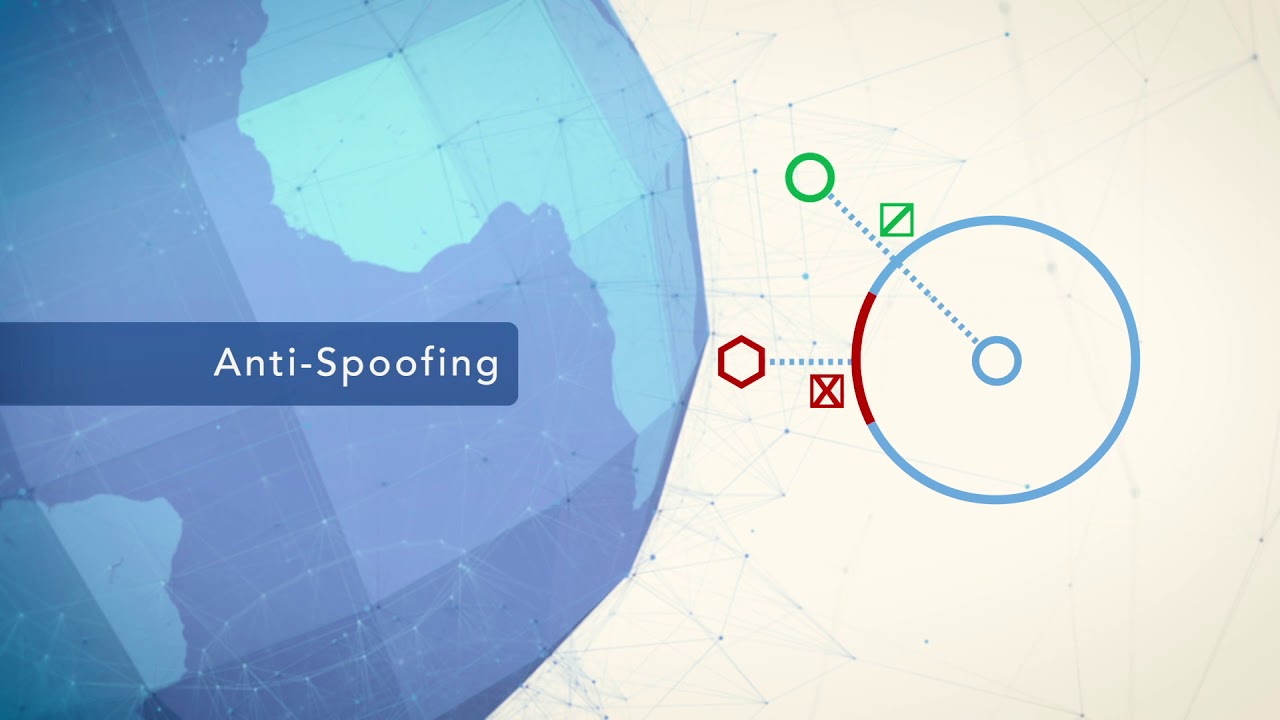New Video Explains Routing Security and How MANRS Can Help

[youtube https://www.youtube.com/watch?v=nJINk5p-HEE?rel=0]
Available with English, French, and Spanish subtitles, this short new video explains three major incidents that can lead to things like denial of service attacks, surveillance, and lost revenue:
- Route Hijacking – when one network operator or attacker impersonates another
- Route Leak – when a network operator unintentionally announces that it has a route to a destination
- IP Address Spoofing – when fake source IP addresses hide a sender’s identity
Network operators of all sizes have a role to play in securing the Internet’s routing infrastructure. By implementing the four simple MANRS Actions, together we can make significant improvements to reduce the most common routing threats. Those four actions are:
- Filtering – making sure your and your customers’ routing announcements are correct
- Anti-spoofing – enabling source address validation to prevent spoofed packets from entering or leaving your network
- Coordination – maintaining globally accessible contact information in common places such as the PeeringDB, RIR whois databases, and your own website.
- Global Validation – publishing your data, including your routing policy and prefixes you intend to advertise, so your routing information can be validated by third parties.
Your security depends on others, and your actions affect the security of others. By implementing these four simple, non-disruptive MANRS actions, together we can protect the core.
Please watch the video, visit the full list of MANRS Actions for network operators, and join today!
Leave a Comment